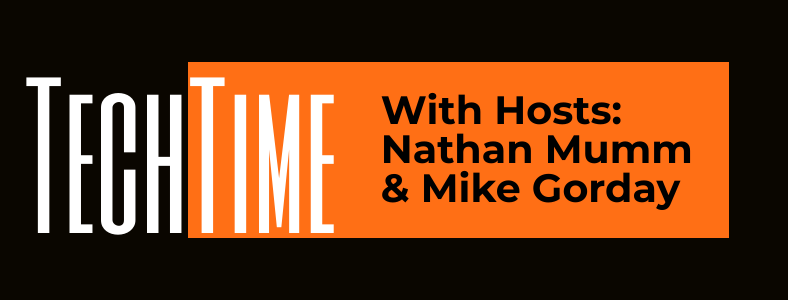Can weather affect my internet service? – the answer is Yes.
Now to be clear this is not because the technology has a flaw. This is because people have old wiring, hot devices overheating, and even the factor of humidity in the air.
Heat causes aerial cables to soften, expand, sag, and get longer. Which increases latency slightly, and can increase packet loss (and thus retransmissions, decreasing effective throughput). This is true of both aerial fiber and aerial copper, but not much of the subterranean cable (which is thermally insulated, and supported along its length).
Heat also causes active devices to fail, if they’re not actively cooled, or that cooling fails or is insufficient, which causes traffic to be concentrated onto backup paths, leading to contention and congestion and TCP back-off.
Does cold or wet weather affect cable Internet speeds?
Cold and Hot weather can indirectly affect your cable modem speeds due to the change in rf power levels. This is why it’s crucial to have optimal levels hitting your cable modem.
During cold weather outside cables contract and during hot weather they expand. You can easily see this driving looking at the spans between the poles.
Typically the cable guys like the cold months, due to better signals and the opposite in the hot months.
To counteract this issue, the companies use amplifiers AGCs (Automatic Gain Control) that can adjust the levels by around a range of 3dB.
The line extender amplifiers used for feeder cables have a similar feature as well. Even with this feature, the cascading nature will still see levels change the further down the cascade you are.
The CableLabs standard for downstream rf hitting a cable modem is -15 to +15. I like to go with -5 to +5. Basically the closer to 0, the better.
For example, if your modem is at -15 in the winter months you might be fine. As long as the other stuff, like the MER (Modulation Error Ratio) this is the average symbol power divided but the average error power, and Upstream transmits are good. Once the hot weather hits, that -15 can easily drop to a -20. Along with that, there’s a good chance of the MER to drop as well and the Transmit to go up.
l. So here are a few things that cause issues in extreme cold or hot weather. CABLES –
- The three most commonly used coaxial cable types for video applications are RG59/U (old school thinner black cables for cable tv), RG6/U and RG11/U. RG59/U is available with either solid copper or copper-clad-steel center conductor. It’s suitable for basic analog TV antenna feeds in residential applications and for basic CCTV systems over short cable runs.RG11/U is for long runs of cable from the Poles to the central office. This is very hard none applicable cabling.RG6/U is the new high-end standard cable – Single-shield, dual-shield and tri-shield versions of RG6/U are available but do not provide adequate EMI shielding. the Quad standard is the new high end with a copper-clad steel inner conductor.
- Devices in hot rooms can be a cause of overheating
- Humidity or water can cause corrosion in the line.
